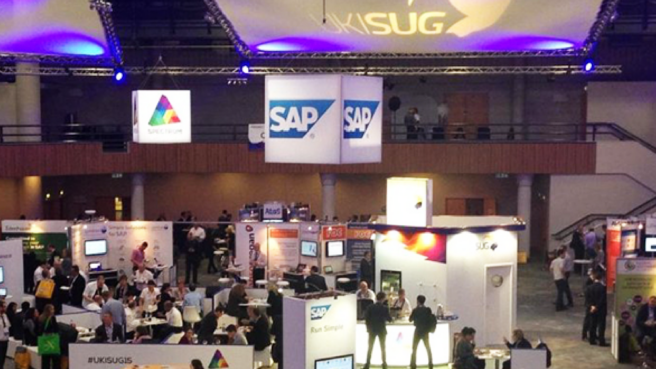Digital Access Licensing was a key topic at the UKISUG conference in Birmingham

Adaire Fox-Martin, Executive Board Member, SAP SE, led the keynote session, where she spoke of the biggest challenge facing companies today being the pace of change – with innovation being the key to mastering this and trust as a critical role in the innovation process. Adaire went on to say that successful companies put customers first. SAP is trying to do this in a number of ways. It has been working closely with its user groups – the UKISUG here in the UK, DSUG in Germany and ASUG in the USA – and directly with customers and analysts. The outcome of this work led to two major announcements in April:
- Separation of audit and sales team. Sales people will not be paid on audit-based transactions and new KPIs have been set, based on customer success rather than transactions, although little was said about how customer success would be measured.
- Introduction of the new Digital Access license model. Adaire told the user group that there had been an “above expectations” uptake of the new licensing model but gave no figures to back this up. This doesn’t tally with what we’re seeing from our customer base, where most customers are staying with their legacy models, waiting for more information and insight into how the new model will work for them.
The keynote session was followed by a Q&A with Adaire and the recently appointed UK and Ireland MD, Jens Amail, and a discussion took place about Digital Access Licensing. SAP believes the new model is fair and forward looking and are keen to talk to customers if they have any concerns. Paul Cooper, chairman of the UKISUG, asked if SAP would be willing to work on some anonymized data examples to give customers real illustrations of the new model in practice and Adaire was prepared to discuss this.
This all sounds positive, but will it pan out over time?
One of the concerns the user group has with the licensing model is that pricing can only go up – not down. Companies may become more efficient or change business processes and, in these cases, users would want to be able to reduce their digital document liability.
To ensure the new license model is an attractive proposition, customers need to have good visibility into what their liability under this model would be and to date, the tools provided by SAP are very rudimentary.
- The SAP note contains no logic to differentiate between documents created by SAP or by a third-party app, so to get meaningful data the note must be run on each system for each technical user.
- SAP advised that all productive processes, such as EDI, would count towards digital access but as the note only counts users, the estimate provided could be underestimated.
- The note does not yet differentiate between newly created documents and amendments.
How can snow help?
Snow Optimizer for SAP® Software helps with many issues around SAP licensing including Indirect Access: building a baseline, optimizing user licenses, managing and administrating users and license contracts, controlling engines, automating processes, and controlling and mitigating Indirect Usage. Snow’s new Digital Access Estimator provides all the information SAP customers need to reduce indirect access risk and make an informed decision about the most cost-effective licensing model for their organization. Snow’s solution delivers a clear and concise overview of how many digital documents are being created, who is creating them and whether they would count as digital access under the new licensing model – all the key elements necessary to compare existing license costs to predicted under the SAP Digital Access license model.
Join us for a short webinar hosted by Deloitte and Snow Software, where SAP experts will help you:
- Get clarity on SAP Digital Access licensing and how to get full transparency of all your indirect access scenarios to avoid unexpected costs
- Understand how the changes in the license audit organization in SAP will impact audit resolution
- Determine which SAP licensing model is most appropriate for your organization